What Is EtCO₂? From Monitoring to Clinical Decision-Making

Discover how EtCO₂ supports better outcomes in ventilation, perfusion, and patient monitoring.
You’ve seen the EtCO₂ number on the monitor. You’ve heard it mentioned during airway checks or CPR. But what does it actually mean? And how do you use it to make better decisions in the moment?
To answer those questions, we’ll walk through what EtCO₂ is, how it’s measured, what it represents, and why it’s such a valuable tool for EMS teams, respiratory therapists, and critical care providers.
What is EtCO₂?
EtCO₂ stands for end-tidal carbon dioxide—the concentration of carbon dioxide in exhaled air at the very end of expiration. In simpler terms, it’s the amount of CO₂ a person breathes out at the end of each breath, typically measured in millimeters of mercury (mmHg).
This value gives you real-time feedback about a patient’s respiratory status—including how well they’re ventilating and how effectively blood is circulating through the lungs.
How to Measure EtCO₂
EtCO₂ is measured using capnography, a non-invasive method that tracks CO₂ levels in exhaled air. Devices use one of two approaches:
-
Sidestream technology, which samples exhaled gas via nasal cannulas or airway adapters and routes it to an external sensor
-
Mainstream technology, which places a sensor directly in the airway circuit
Many clinicians use portable sidestream monitors that display both numeric EtCO₂ values and waveform capnography in real time. These tools are particularly helpful in EMS, procedural sedation, and critical care settings where continuous monitoring can inform rapid decisions.
CMI Health’s PC-900B Capnograph & Oximeter is one example—offering real-time EtCO₂ and SpO₂ tracking in both intubated and non-intubated patients.
EtCO₂ vs Waveform Capnography: What’s the Difference?
The terms are often used together, but they refer to distinct parts of the same process:
-
EtCO₂ is the numeric measurement (e.g., 38 mmHg).
-
Waveform capnography is the visual trace of CO₂ throughout each breath.
Think of EtCO₂ as the headline number, and the waveform as the story behind it. Together, they provide a more complete picture of respiratory status.
How EtCO₂ Reflects Ventilation and Pulmonary Perfusion
EtCO₂ isn’t just a number—it’s a snapshot of how well CO₂ is being produced, transported, and exhaled.
Ventilation
When a patient under-ventilates—due to sedation, fatigue, or airway obstruction—CO₂ accumulates and EtCO₂ increases. Conversely, hyperventilation flushes CO₂ too quickly, lowering EtCO₂. This gives immediate insight into respiratory drive and lung ventilation quality.
-
Too little ventilation → EtCO₂ increases
-
Too much ventilation → EtCO₂ decreases
Perfusion
EtCO₂ also reflects how well CO₂ is being delivered to the lungs. Reduced cardiac output—such as in shock, hypovolemia, or pulmonary embolism—limits CO₂ transport, causing EtCO₂ to fall. When perfusion improves (e.g., ROSC), EtCO₂ rises quickly.
-
Poor perfusion → EtCO₂ decreases
-
Improved perfusion (e.g., ROSC) → EtCO₂ rises
Together, ventilation and perfusion work in tandem to influence EtCO₂. That’s why EtCO₂ is such a powerful indicator—not just of respiratory status, but also of perfusion—especially in emergency and critical care scenarios.
While many clinicians rely on SpO₂ to monitor breathing, pulse oximetry only reflects oxygenation. It can stay normal even when a patient is hypoventilating. EtCO₂ fills that gap, offering real-time visibility into both ventilation and circulation.
Clinical Use: What Can EtCO₂ Tell You?
EtCO₂ is more than a respiratory metric—it’s a real-time window into patient physiology. Here's what it helps monitor:
1. Ventilation Status
-
High EtCO₂ (>45 mmHg): Indicates hypoventilation or impaired gas exchange
-
Low EtCO₂ (<35 mmHg): May signal hyperventilation, poor perfusion, or metabolic suppression
2. Airway Confirmation
Consistent EtCO₂ confirms proper placement of an endotracheal tube. A flatline or near-zero reading may indicate esophageal intubation or disconnection.
3. Sedation and Procedural Monitoring
EtCO₂ provides early warning of respiratory depression—often before pulse oximetry shows any drop in oxygen saturation.
4. CPR Quality and ROSC Detection
During cardiac arrest, EtCO₂ levels correlate with the quality of chest compressions. A sudden increase may indicate return of spontaneous circulation (ROSC).
Here's a quick reference guide of common value ranges and what they might tell you in clinical scenarios.
Once you’ve identified the EtCO₂ range, the next step is knowing how to respond. This concise clinical guide outlines common EtCO₂ patterns and provides guidance on actions to take in critical care or emergency settings.
Keep in mind:
-
In most ventilated patients, EtCO₂ closely tracks PaCO₂, making it a reliable non-invasive trend marker.
-
Very shallow breathing, high dead space, or equipment issues can affect EtCO₂ accuracy.
-
EtCO₂ should be monitored continuously during procedural sedation, ventilation, and post-intubation transport.
Final Thoughts
EtCO₂ bridges the gap between ventilation, perfusion, and metabolic status—making it one of the most dynamic and underutilized indicators in modern monitoring. When used effectively, it sharpens assessments, accelerates interventions, and supports better outcomes. It’s one of the few metrics that tells the full story of a patient’s respiratory and circulatory status—exactly when it matters most.
Explore how portable capnography can elevate your monitoring strategy.
The CMI Health PC-900B Capnograph & Oximeter delivers real-time EtCO₂ and SpO₂ tracking in a compact, easy-to-deploy format—ideal for EMS, procedural sedation, and critical care environments.




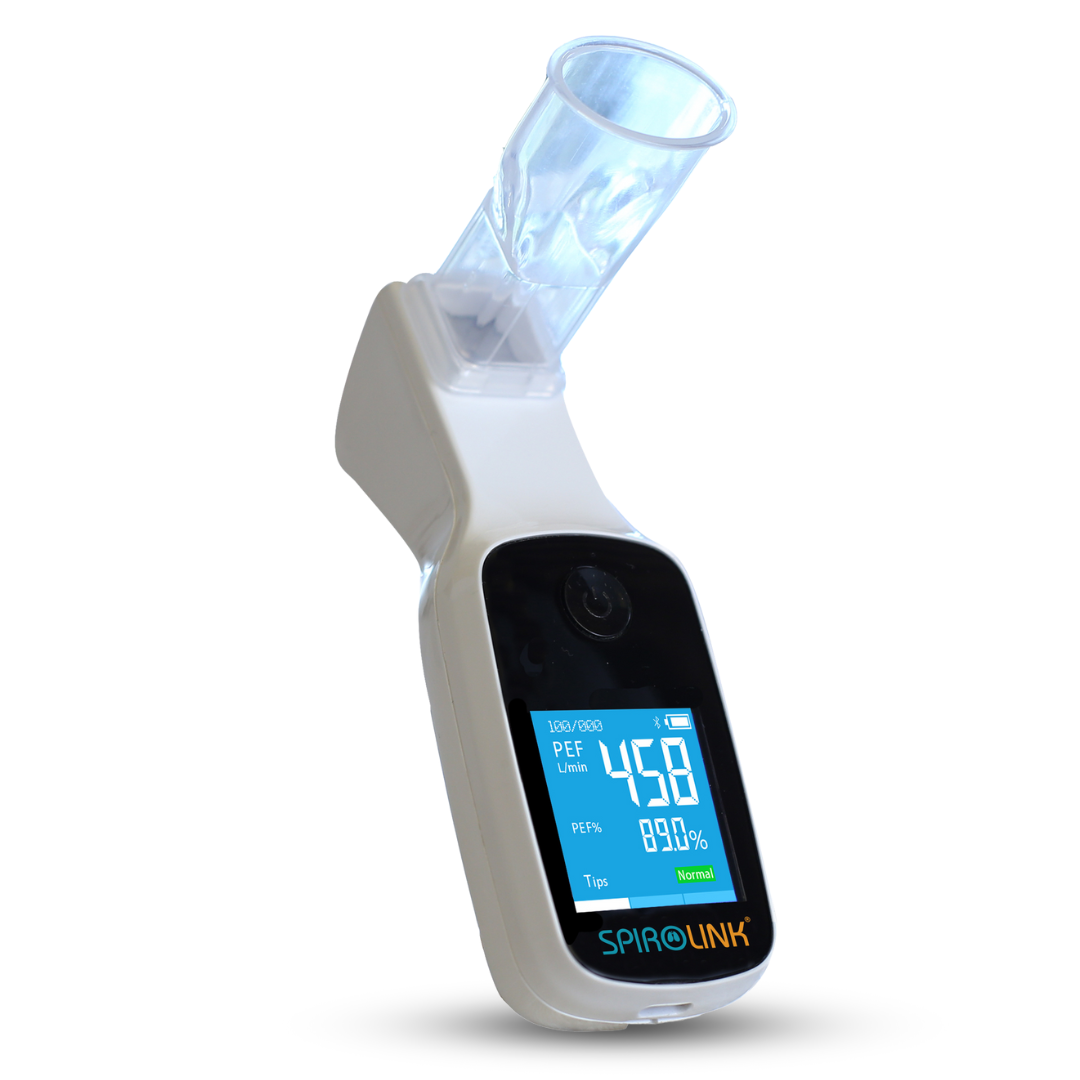
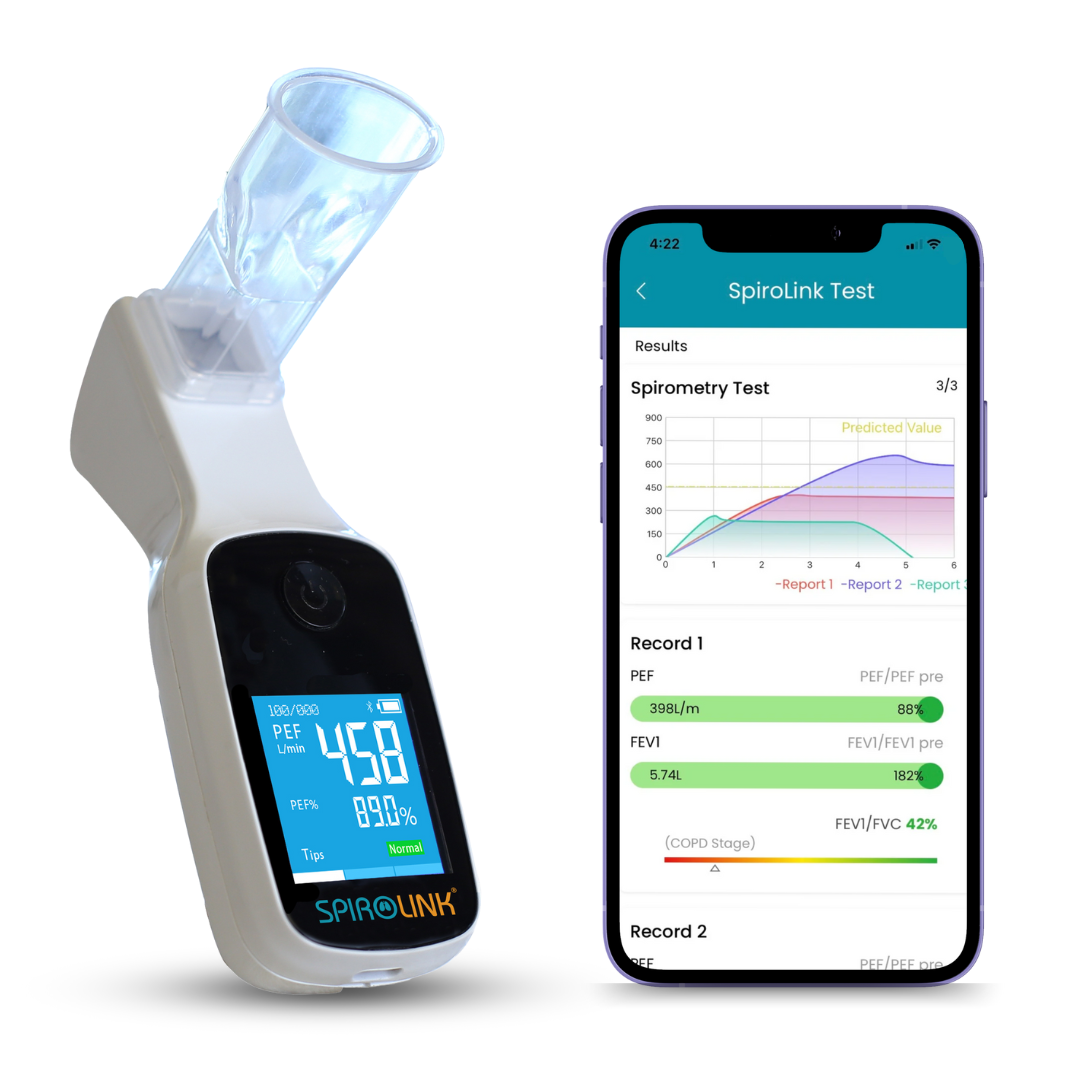
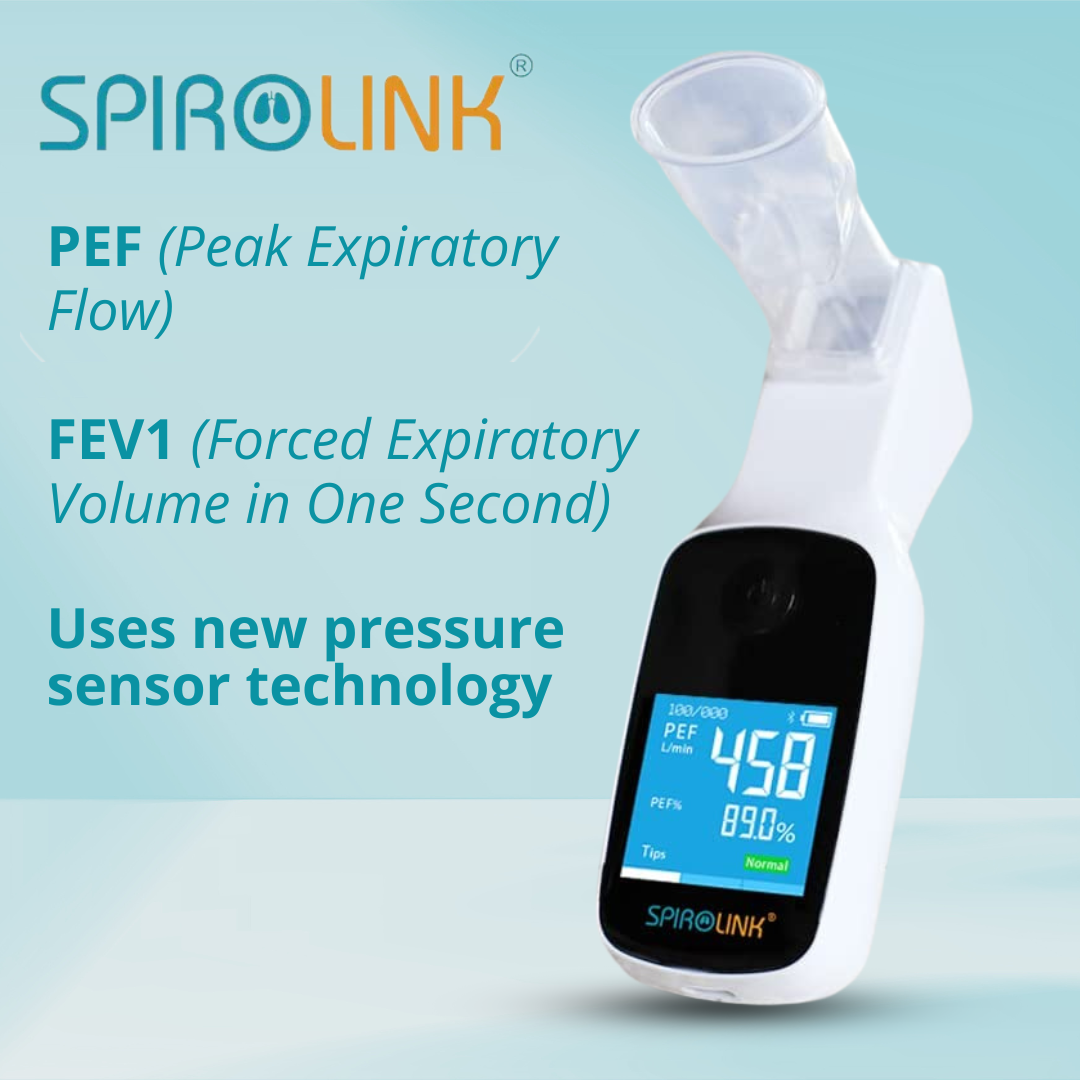
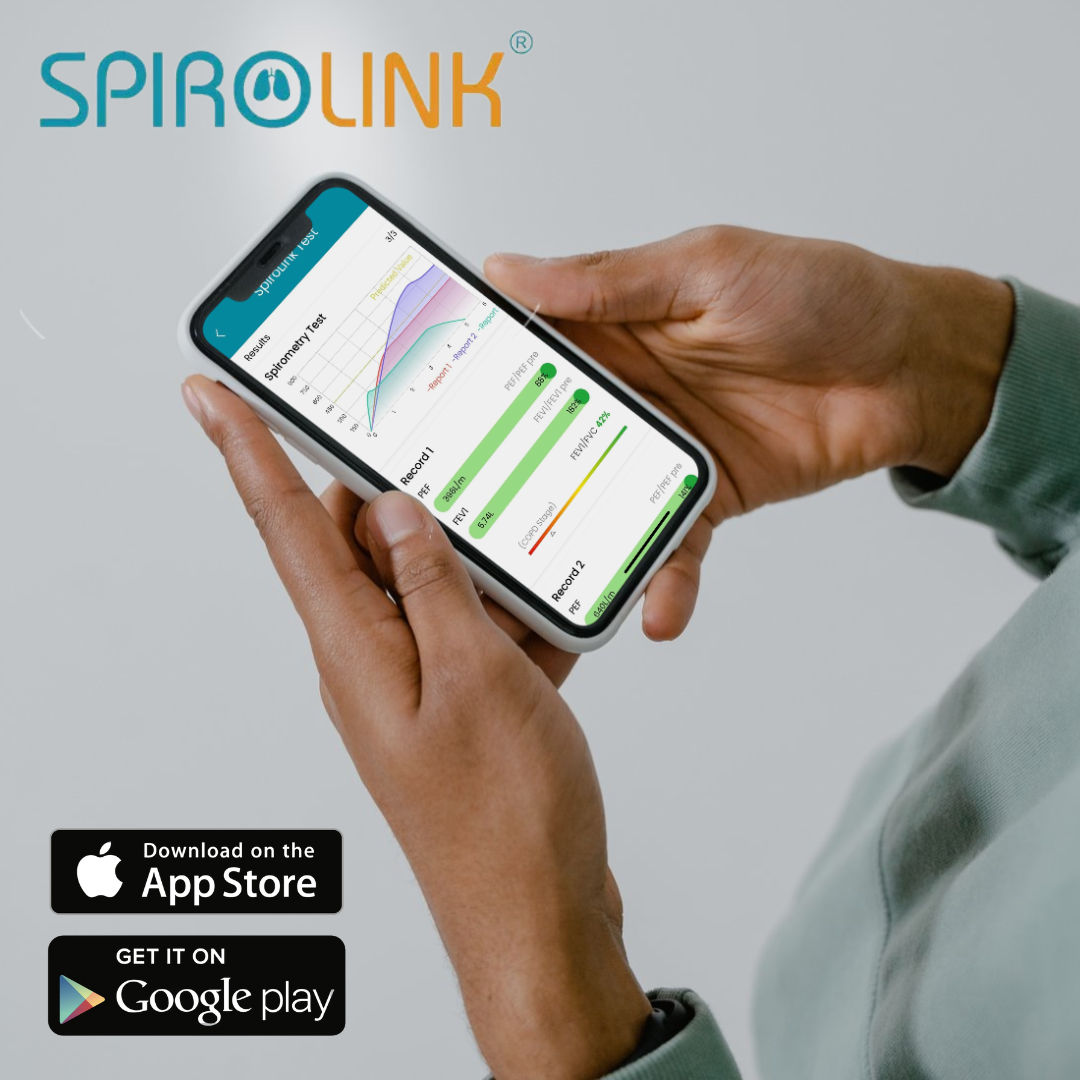
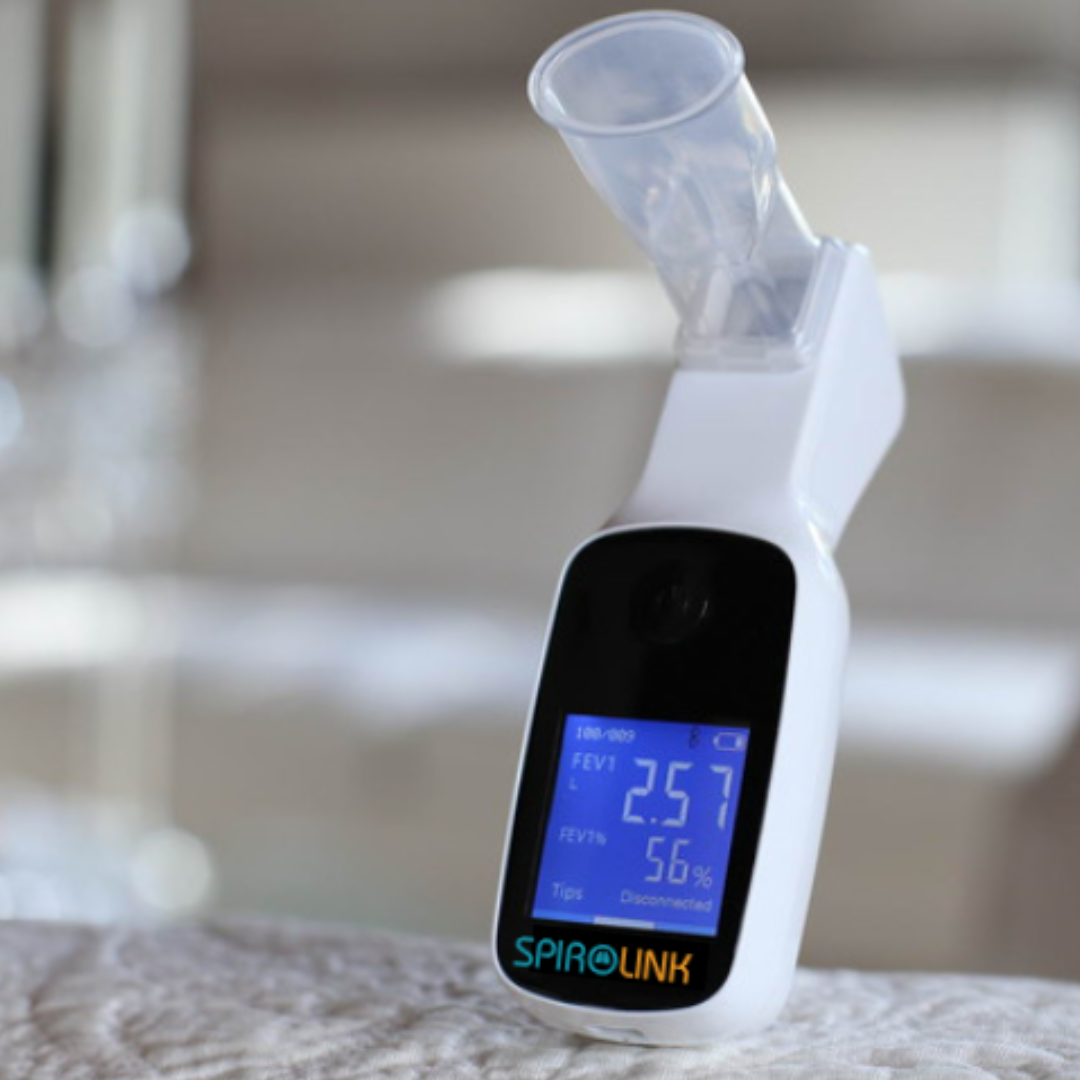
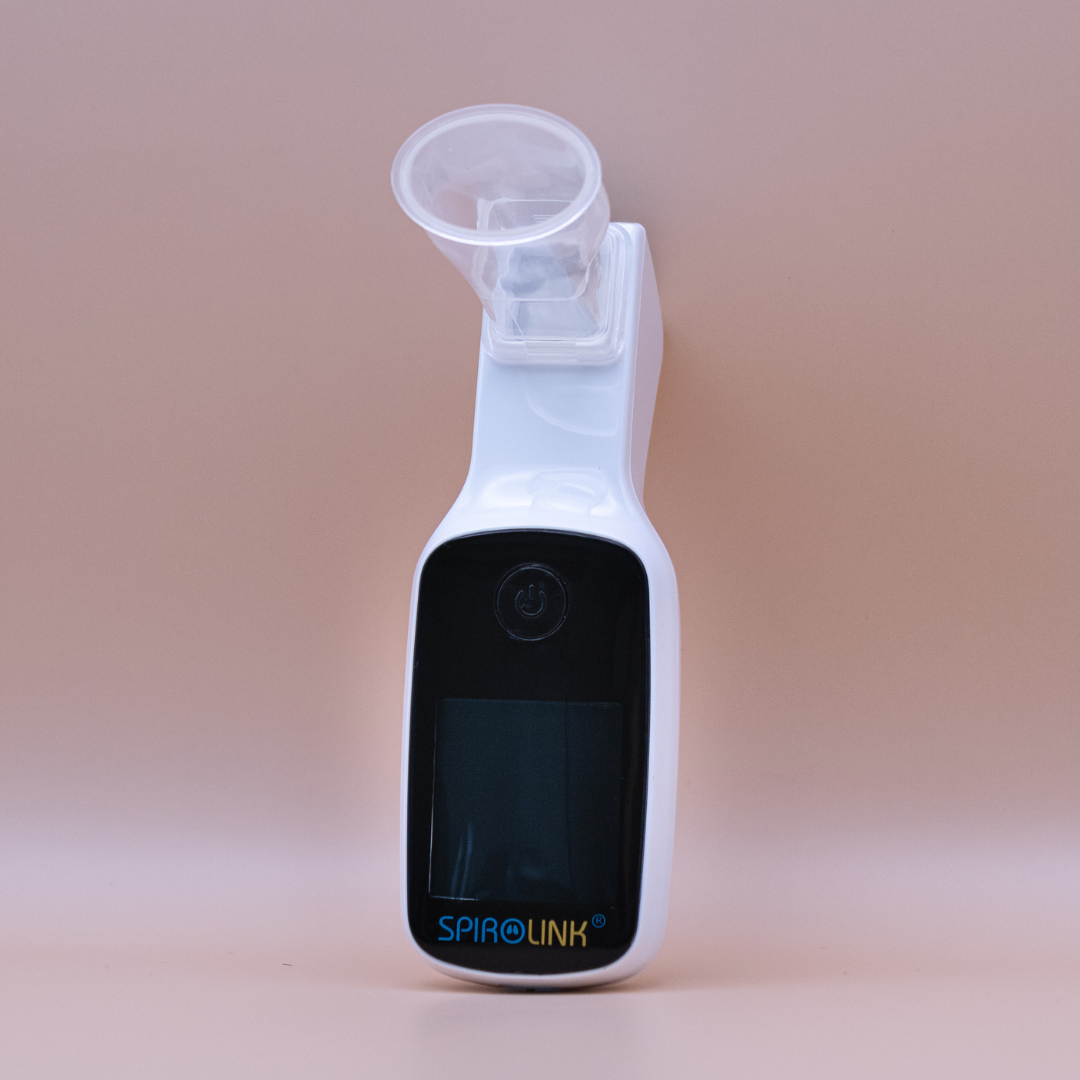
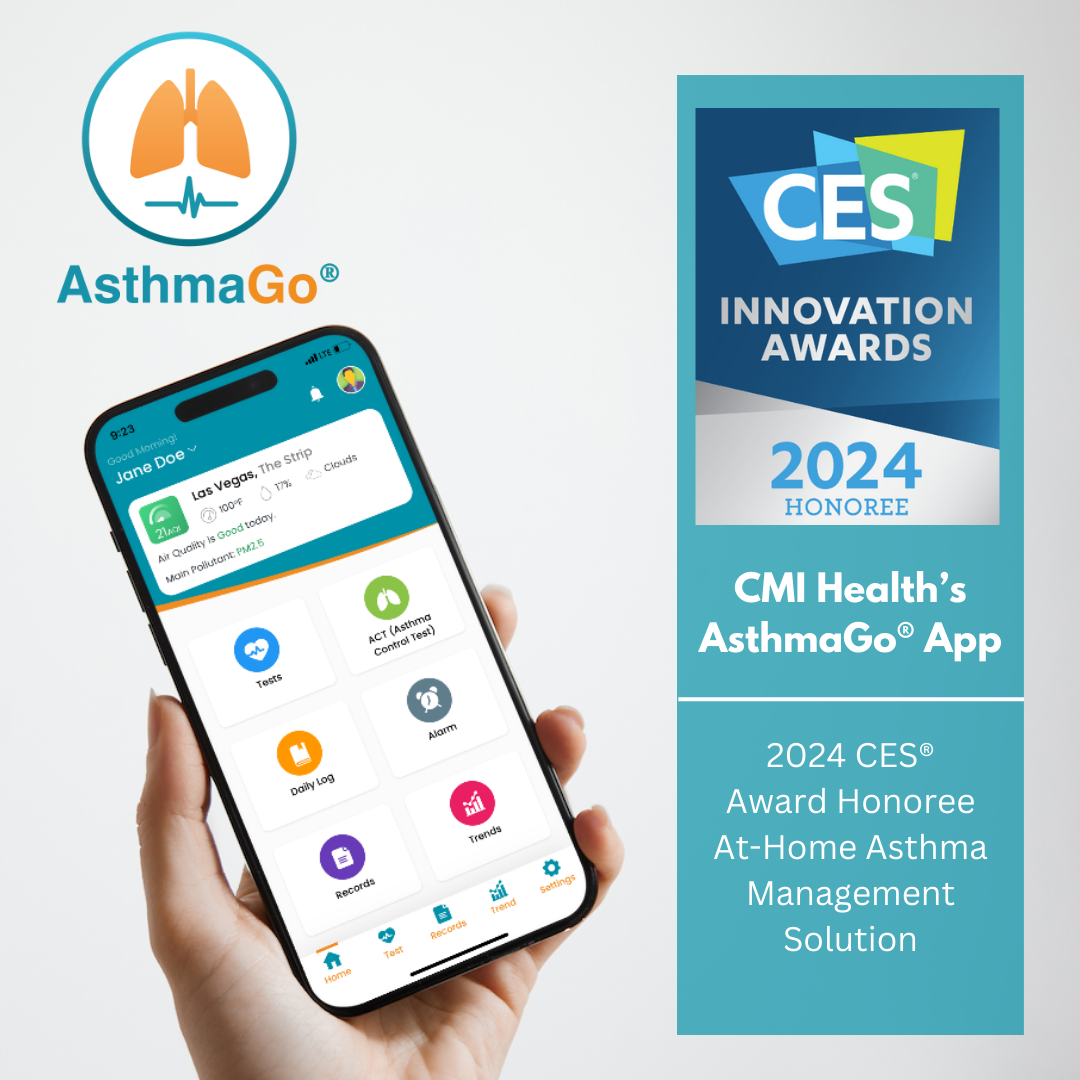
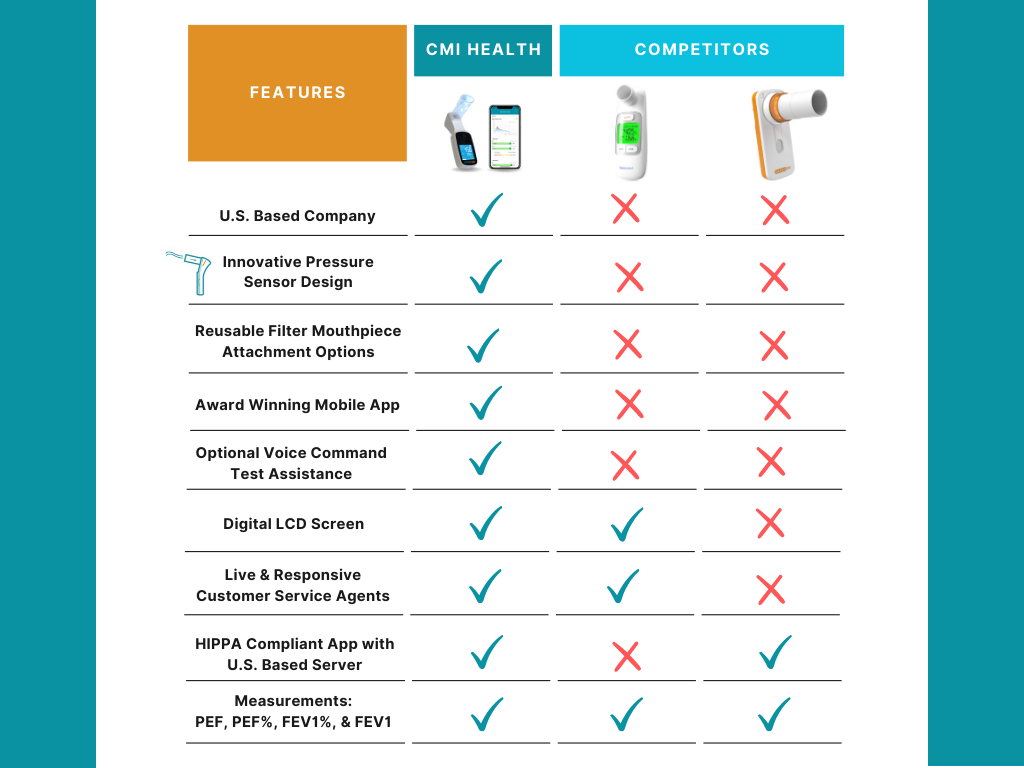
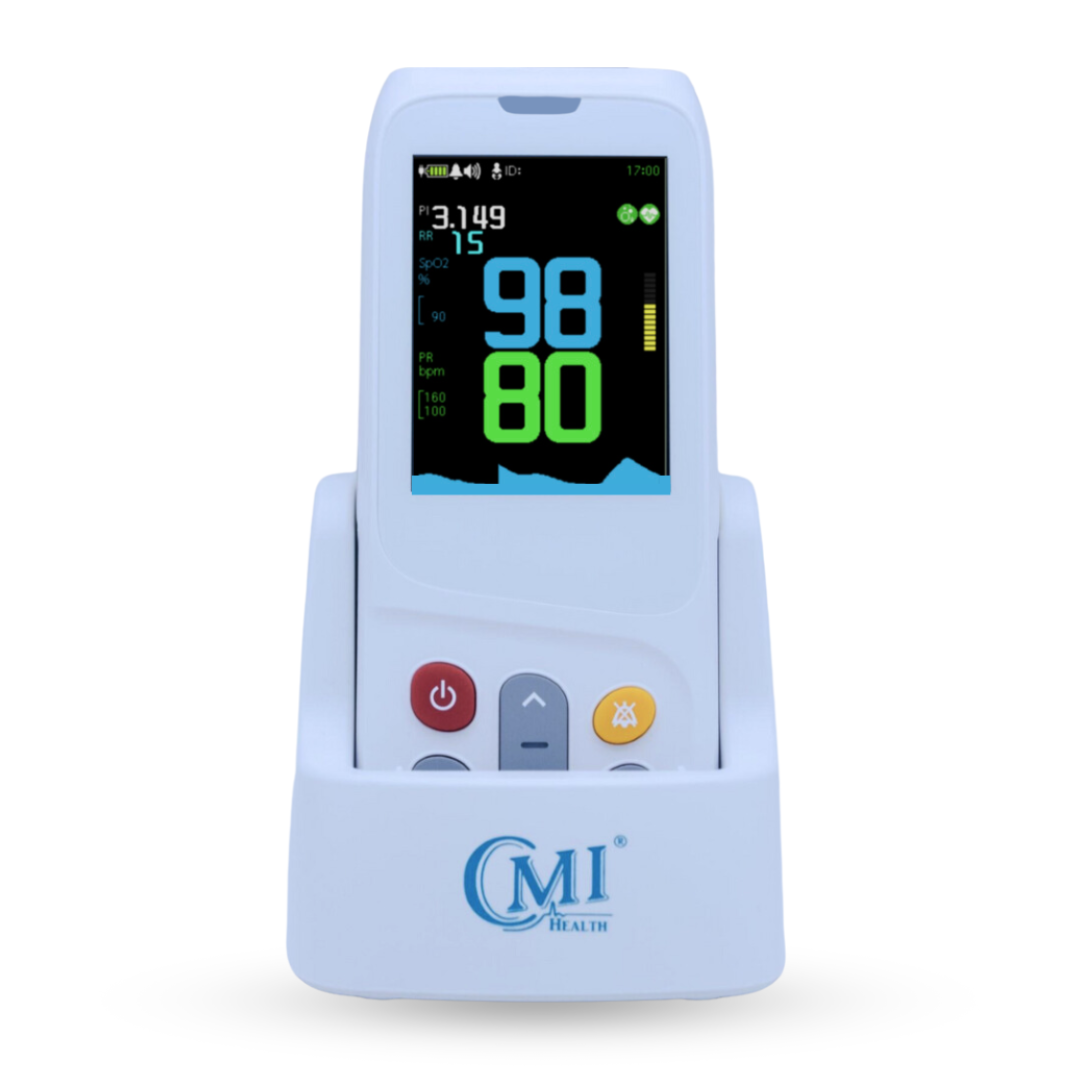
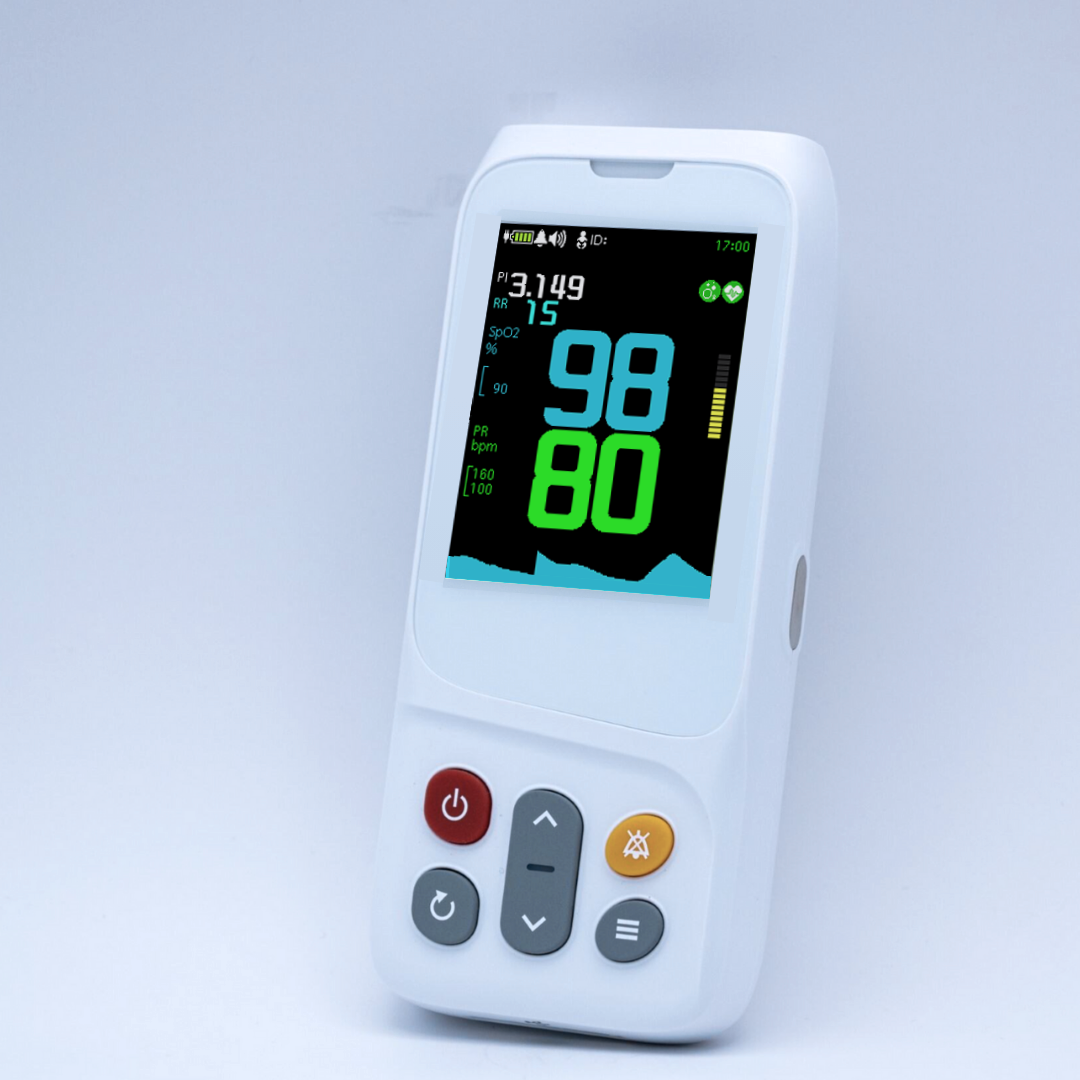
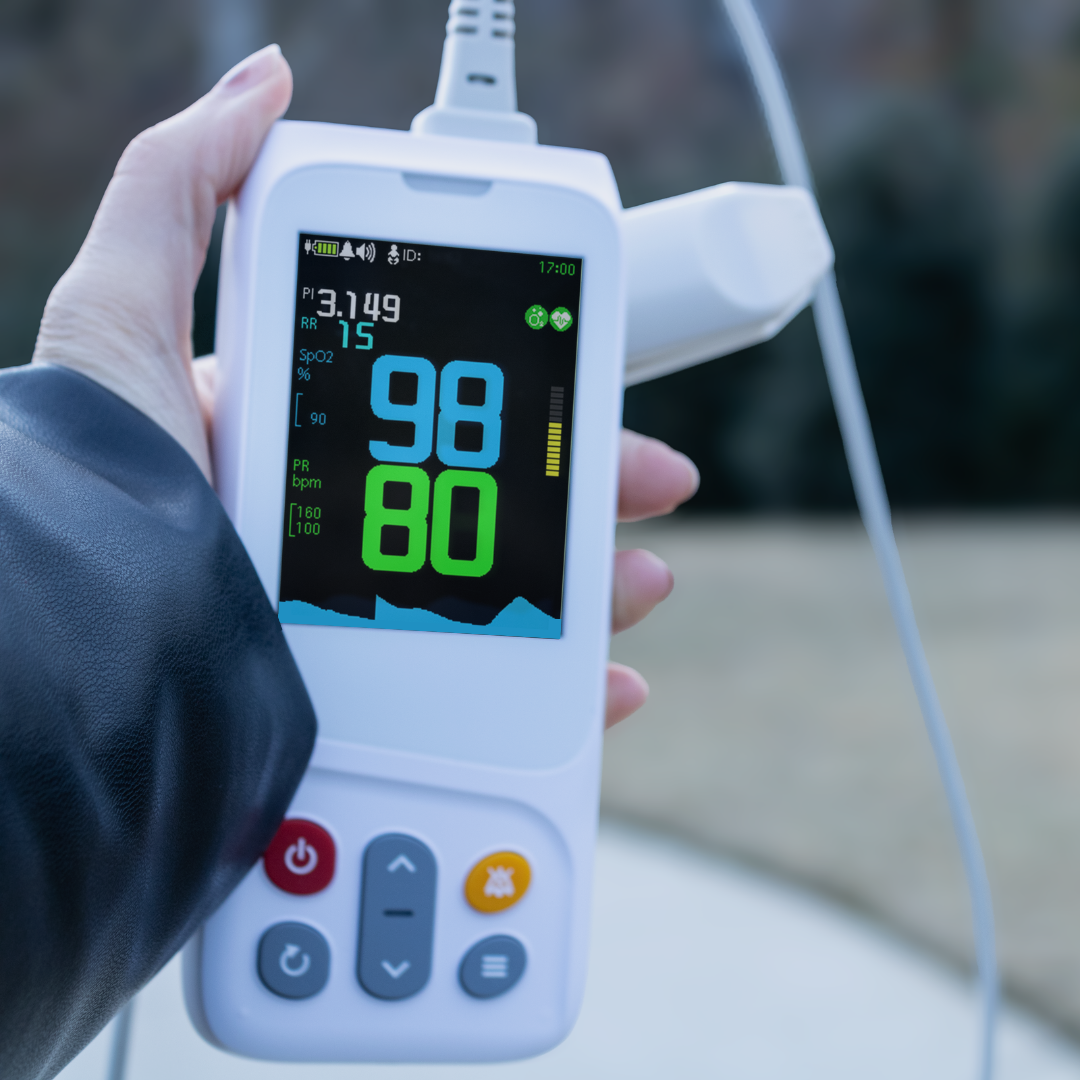
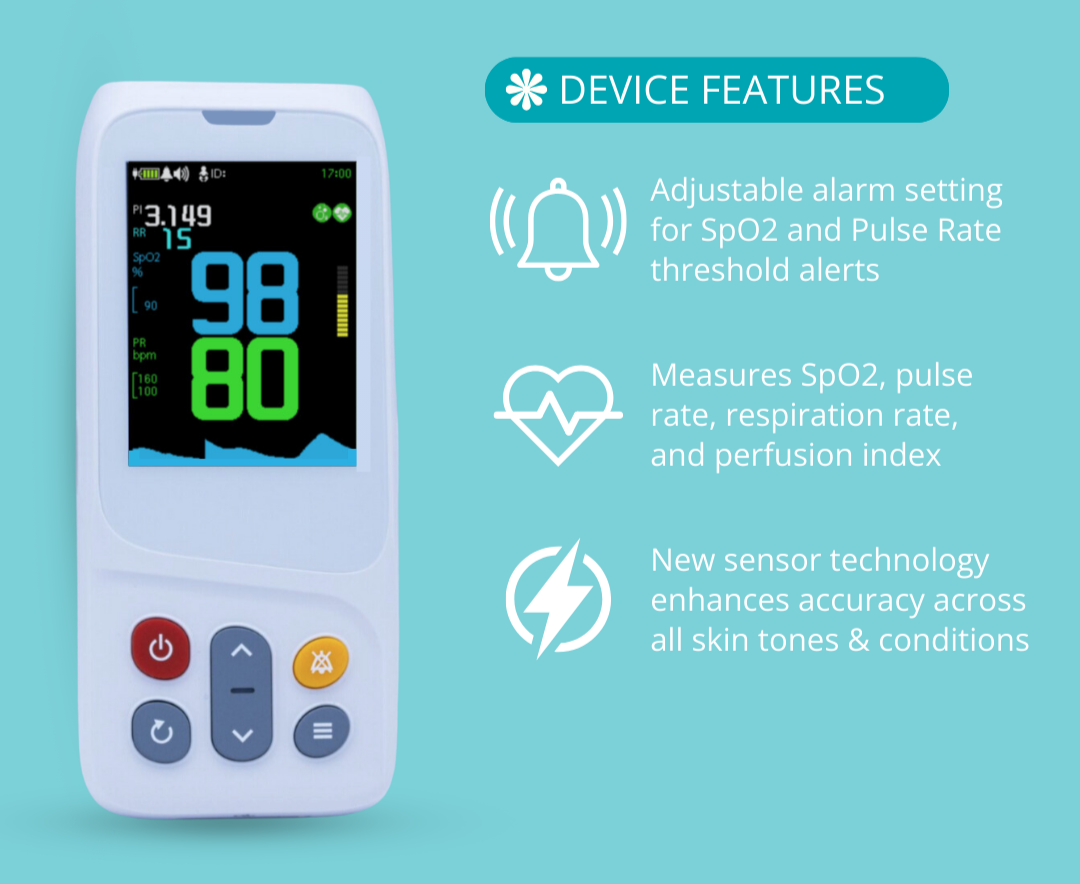
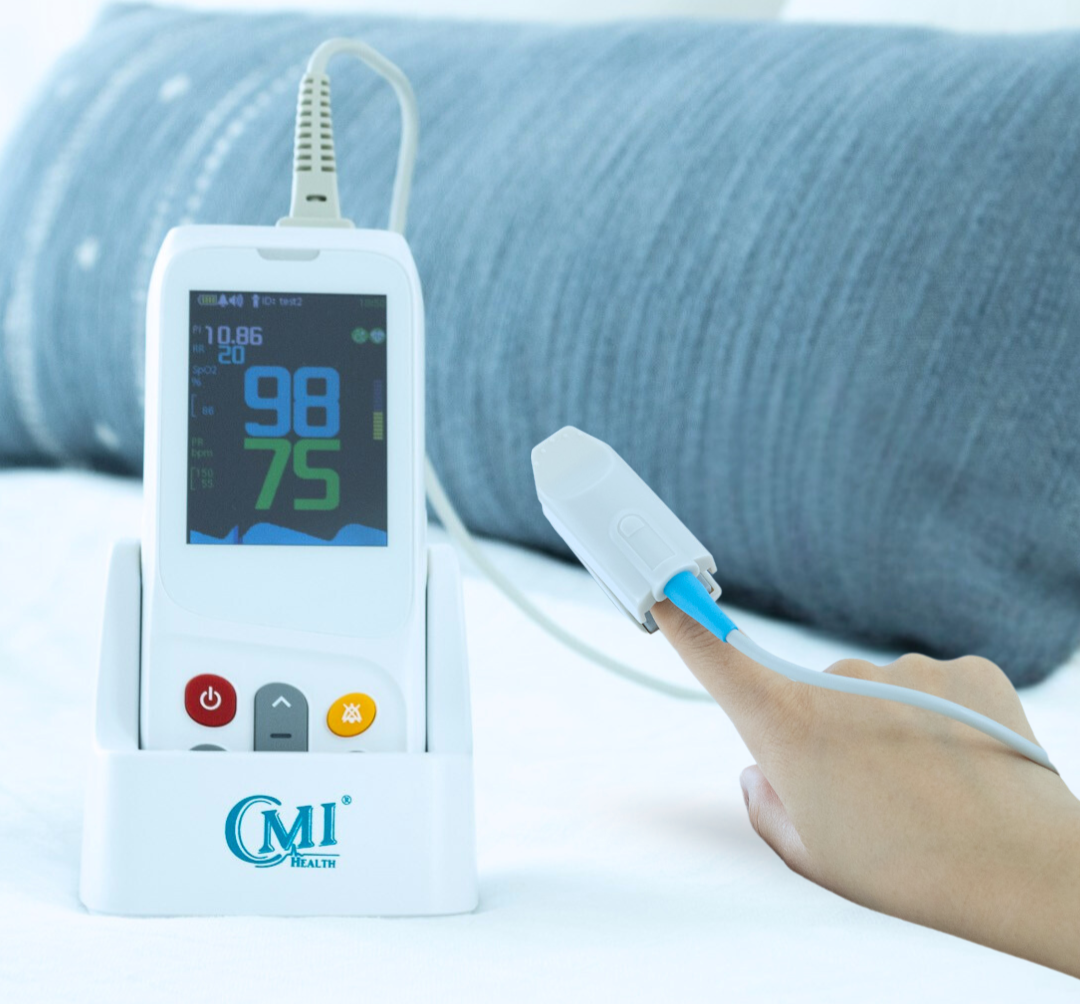
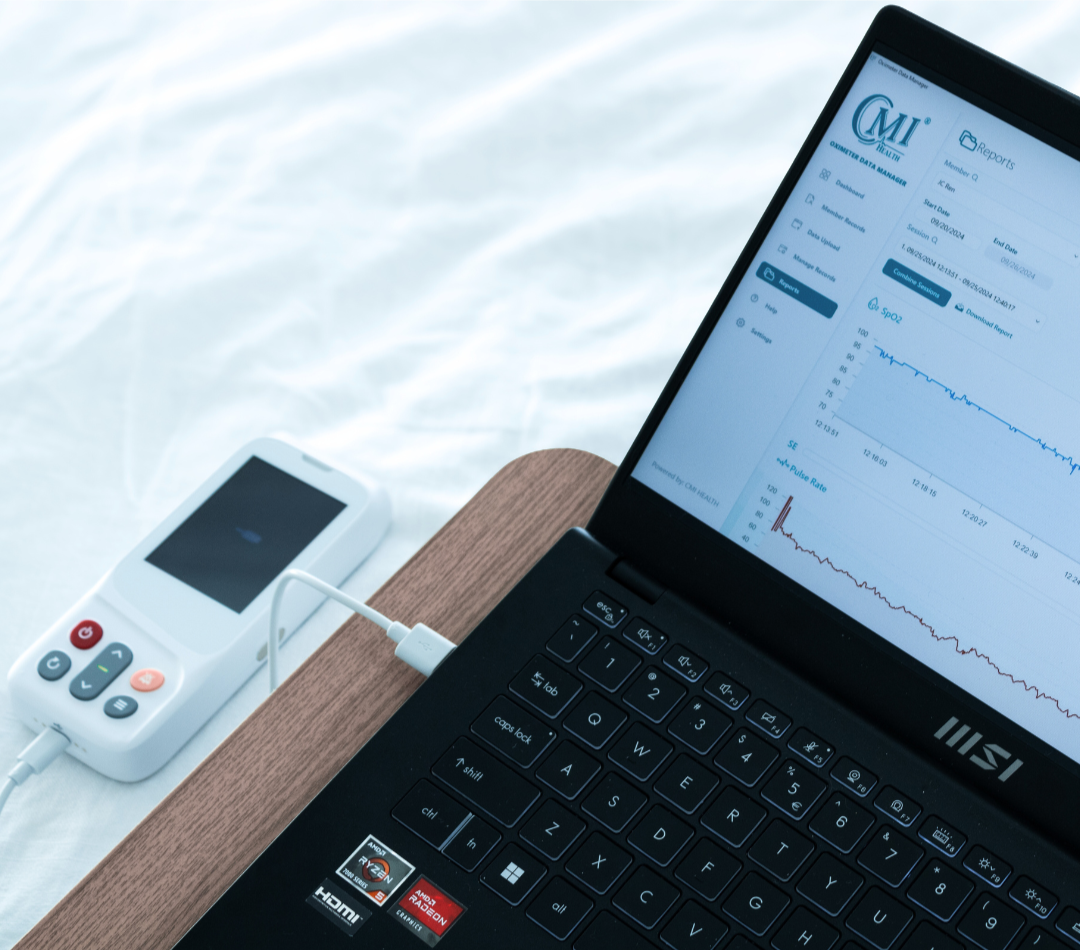
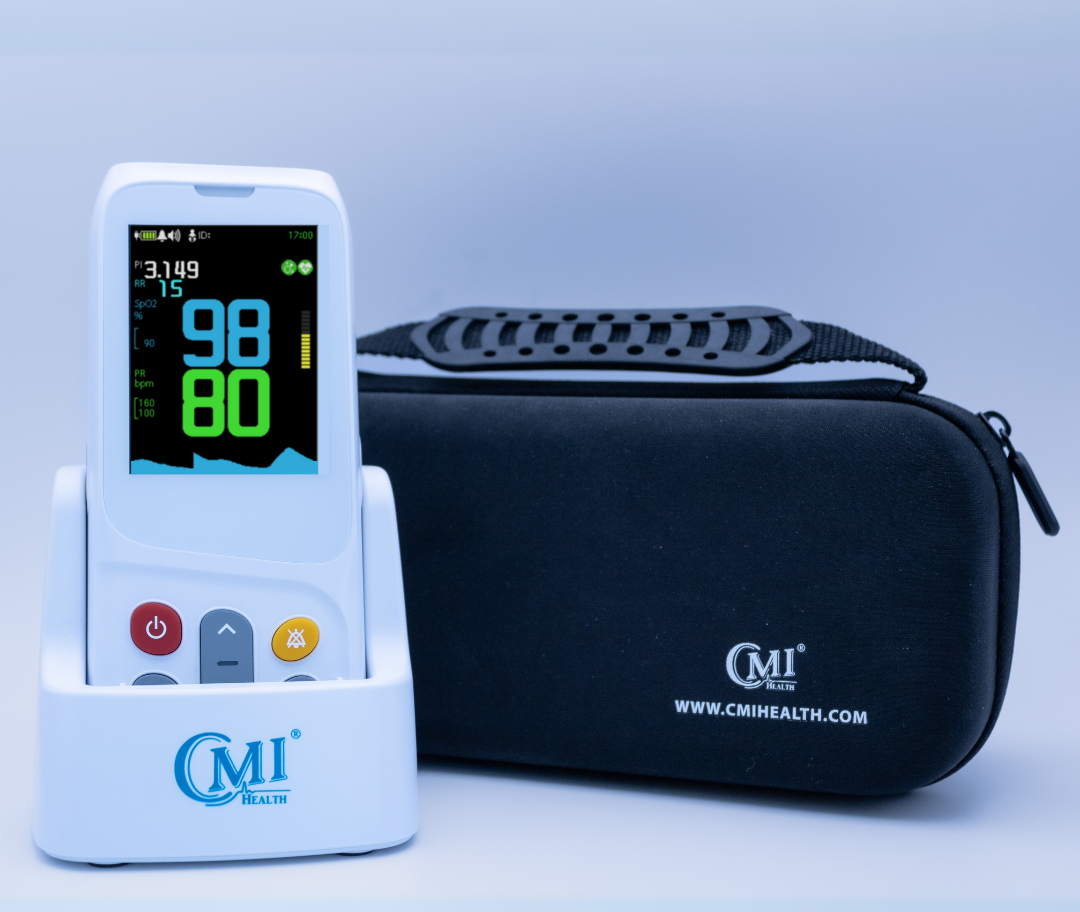

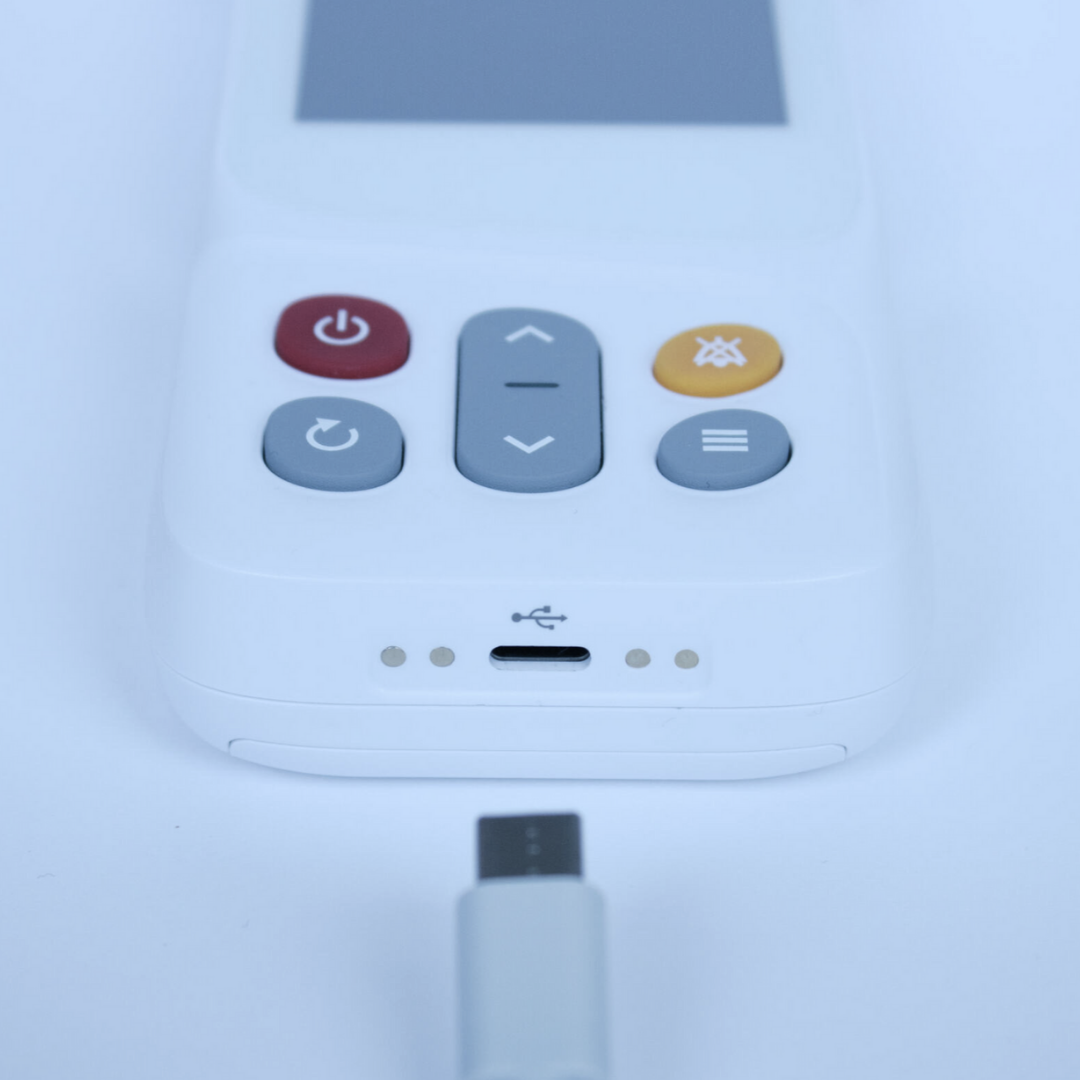


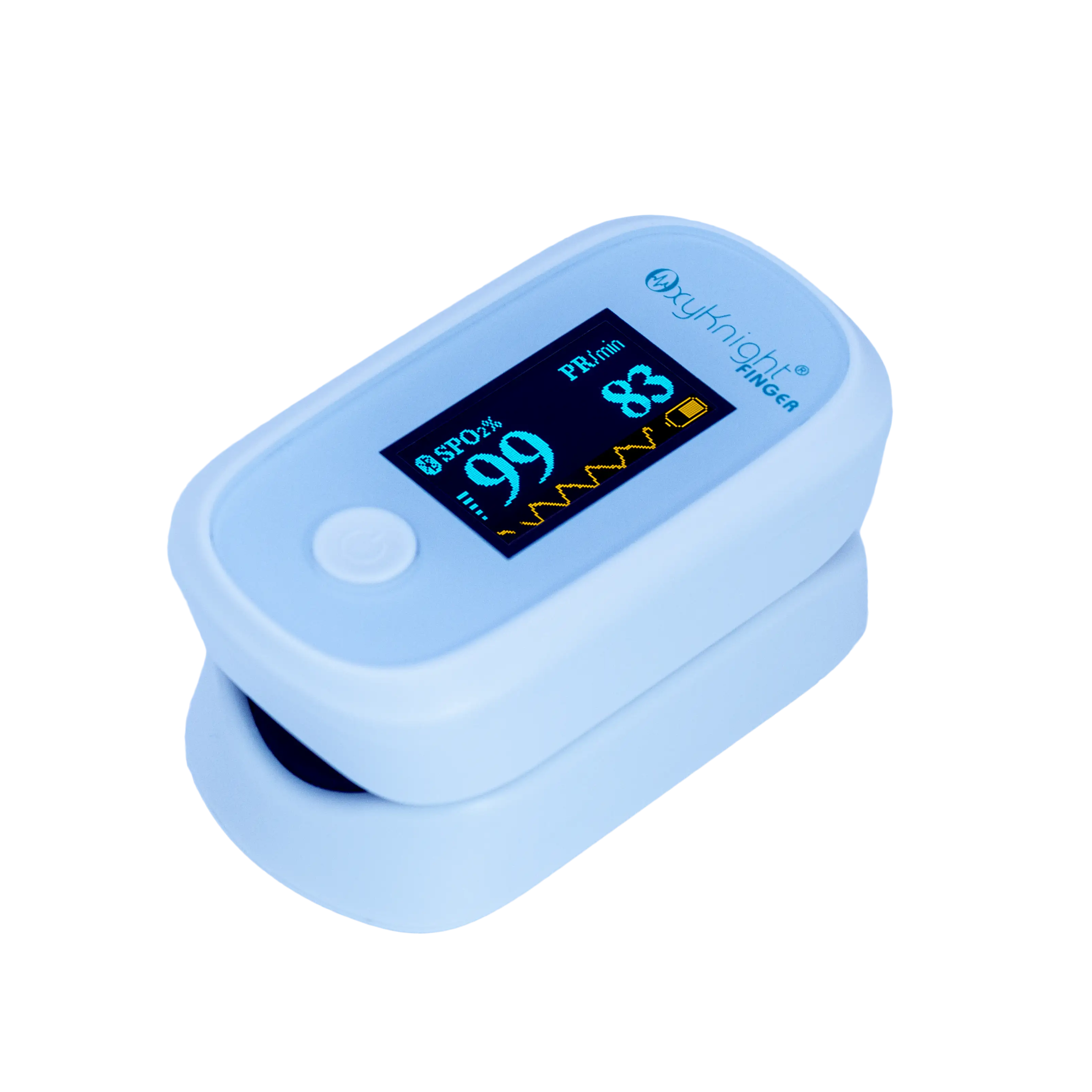
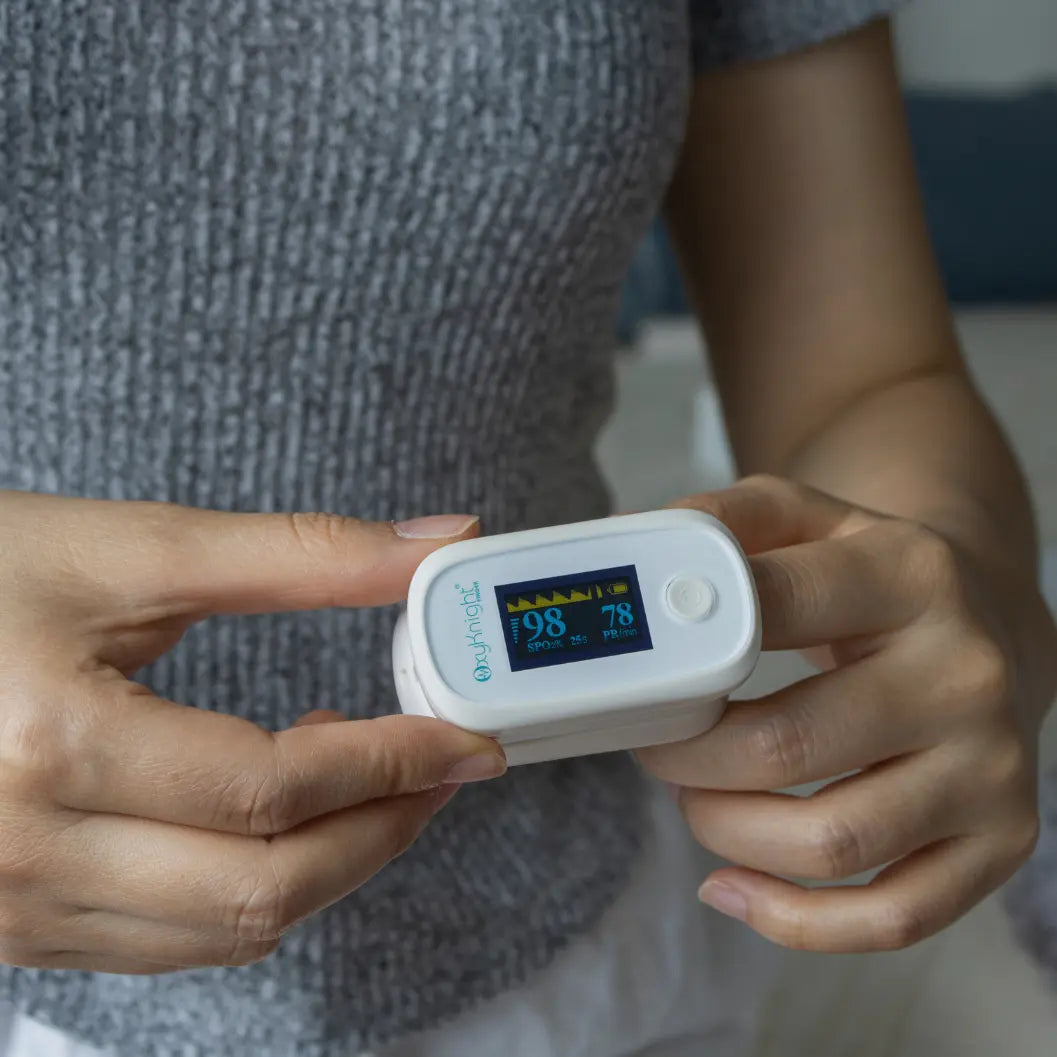
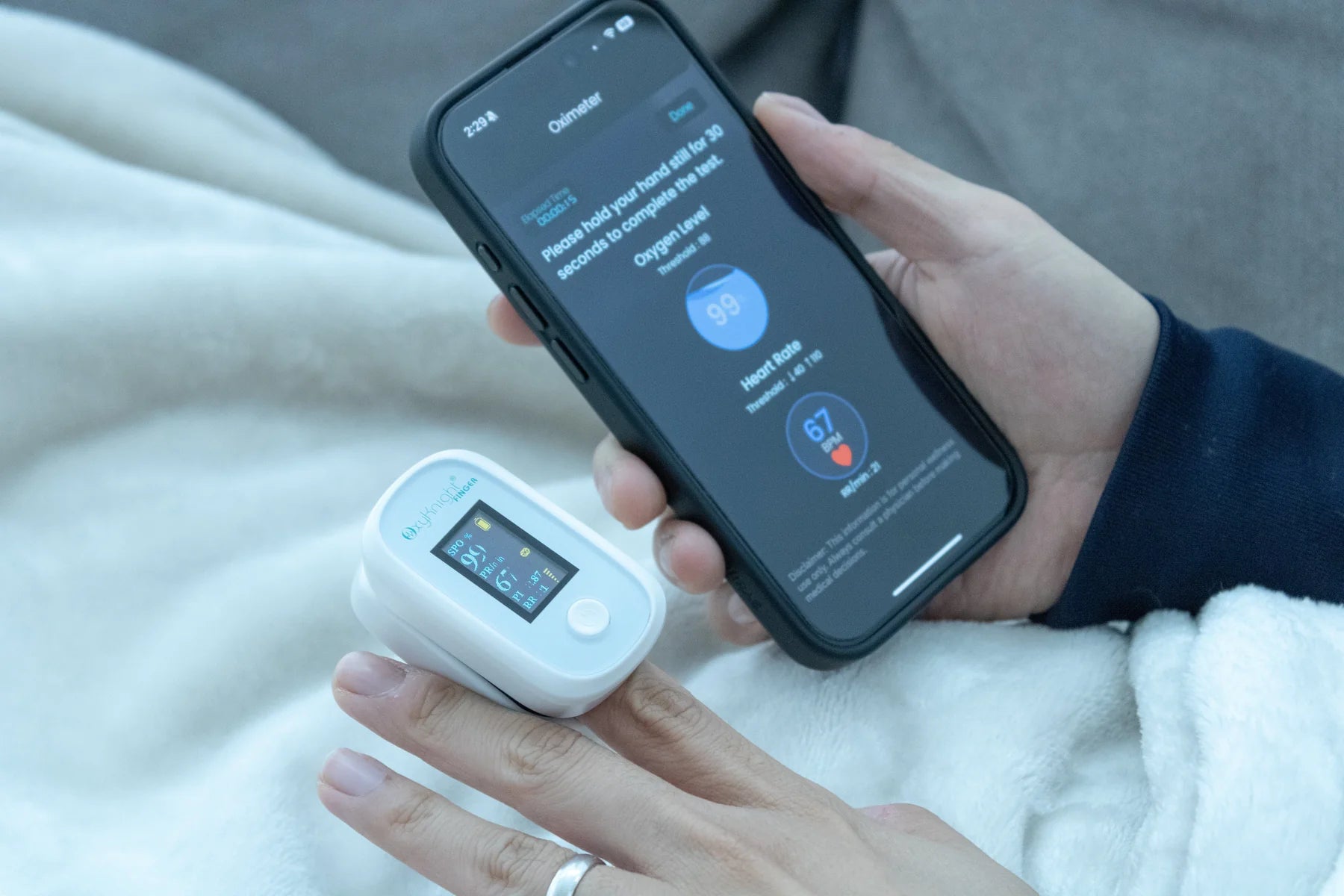
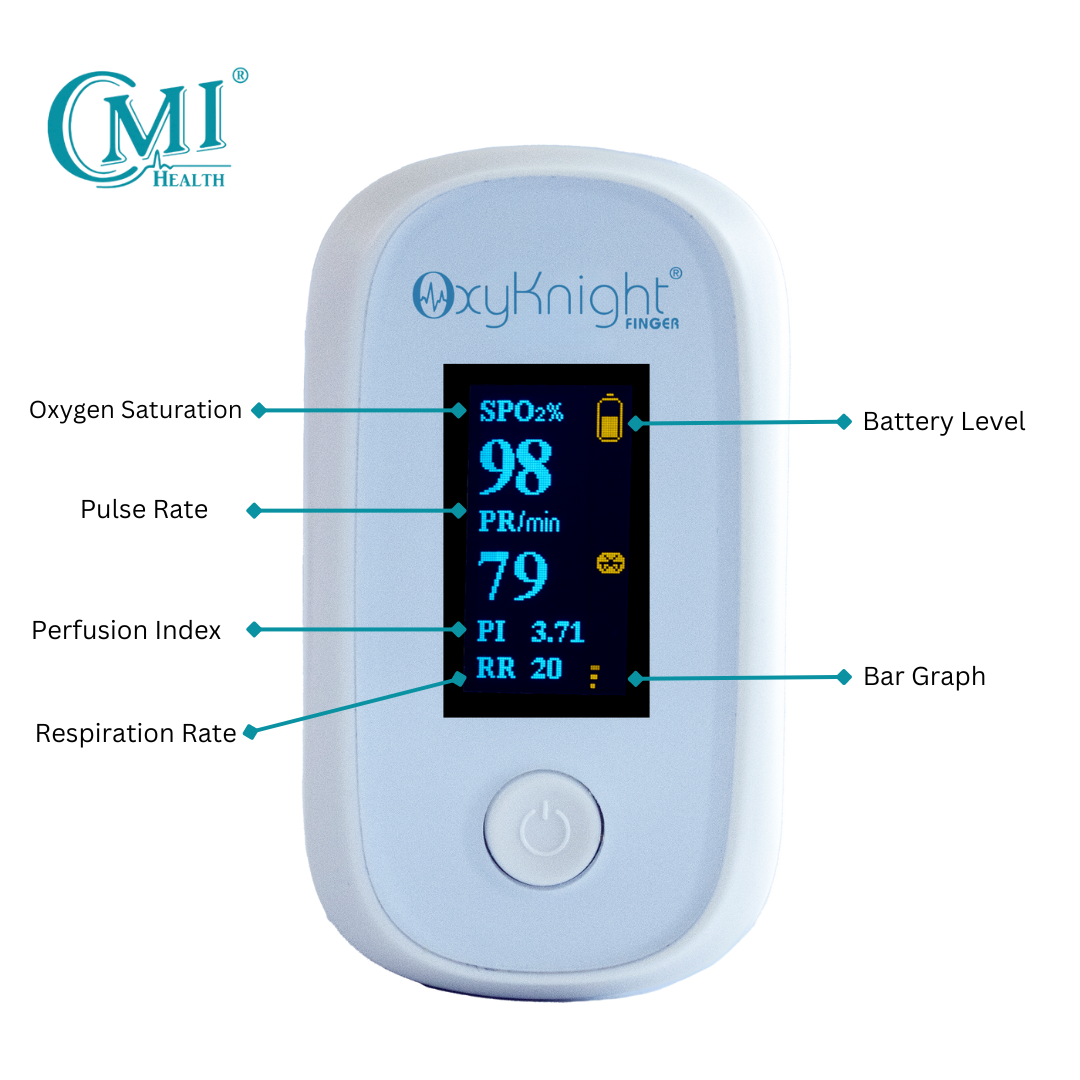
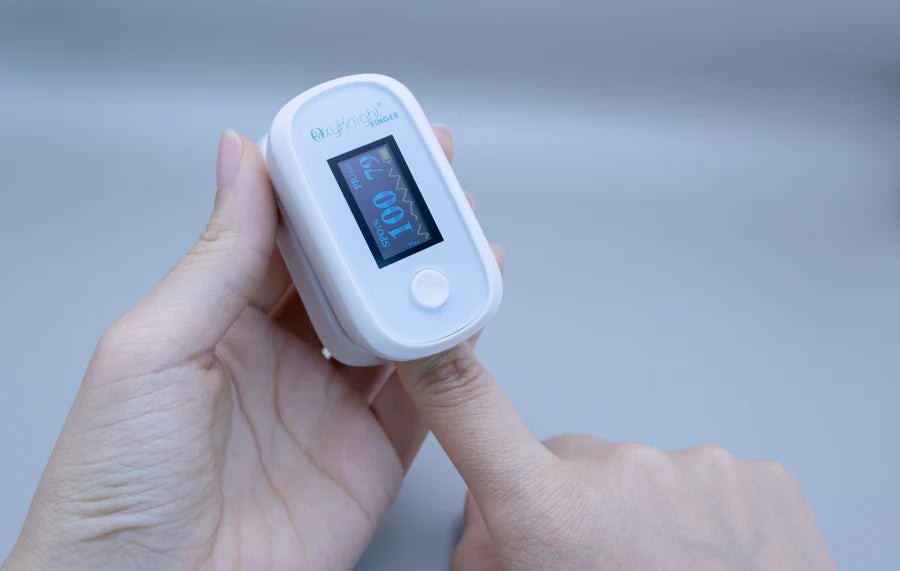
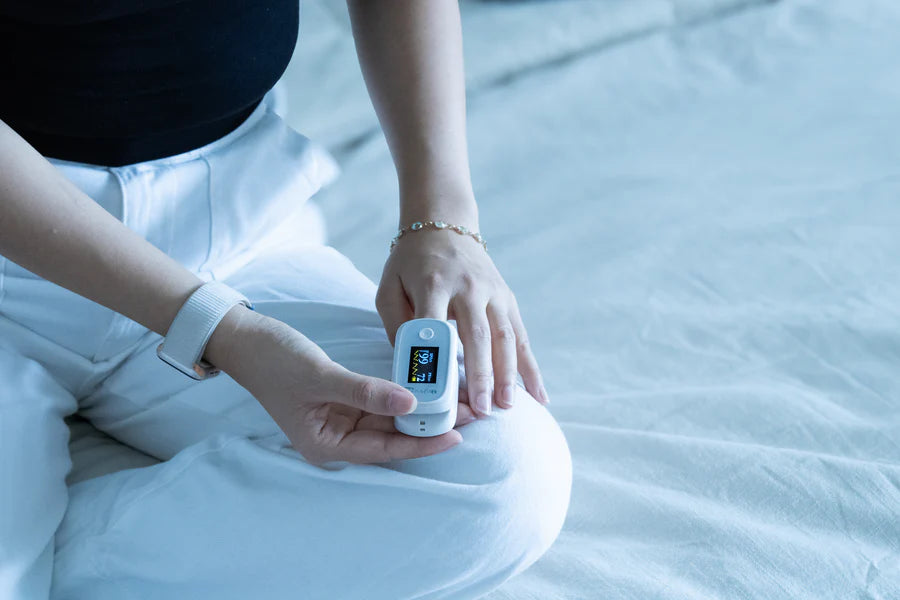
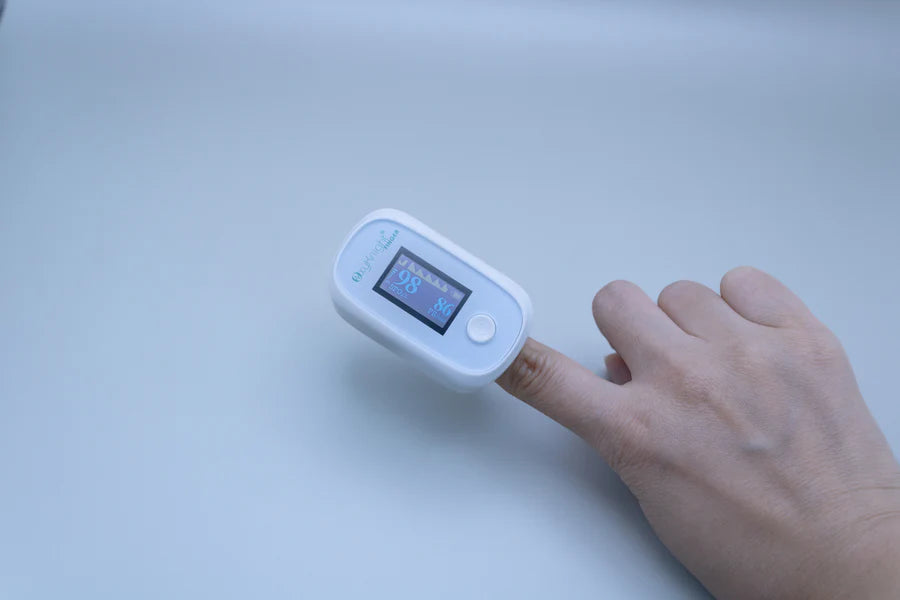
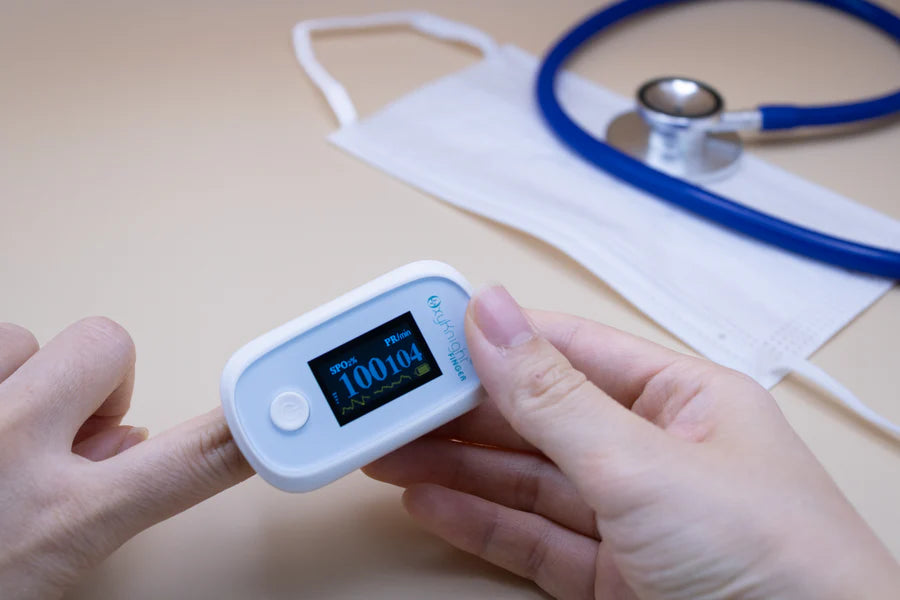
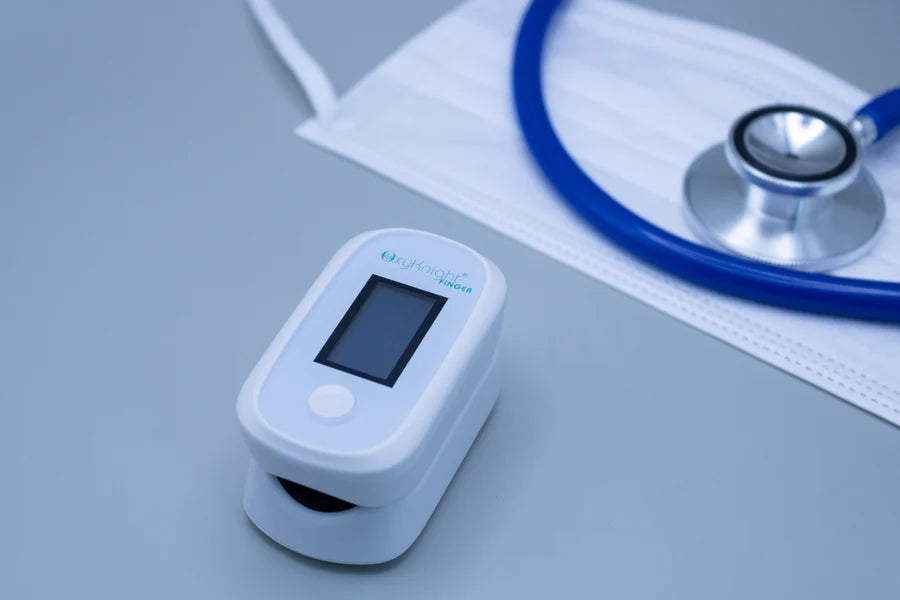

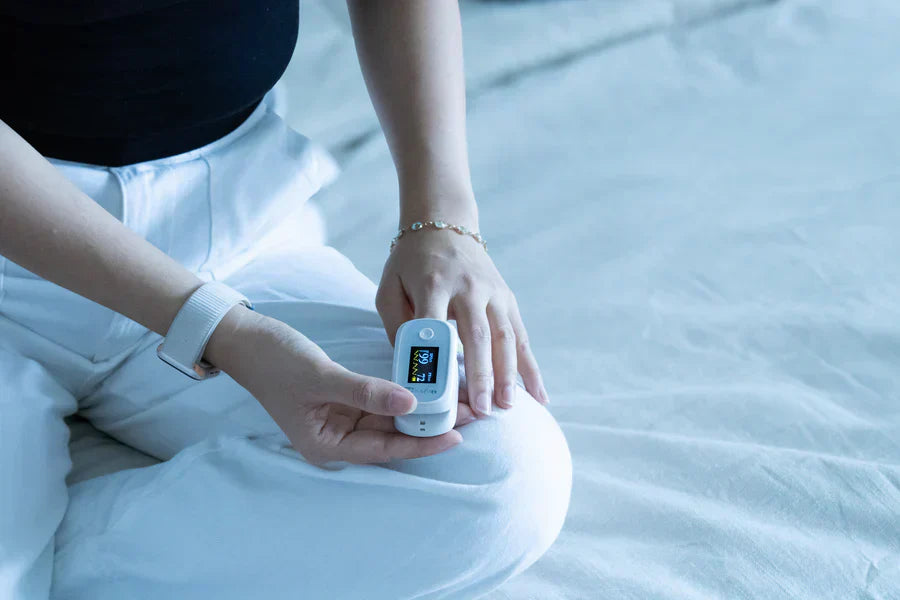
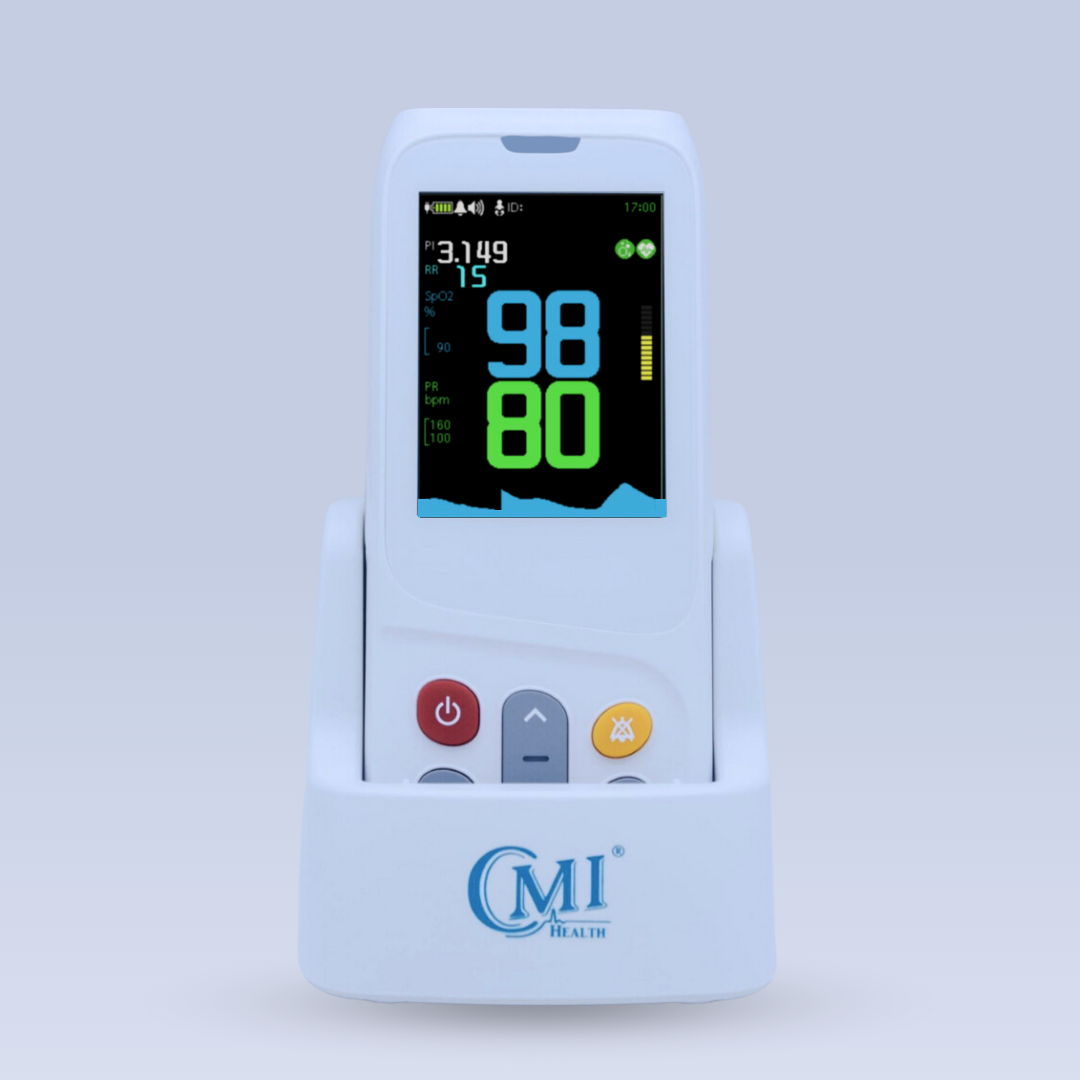
Leave a comment